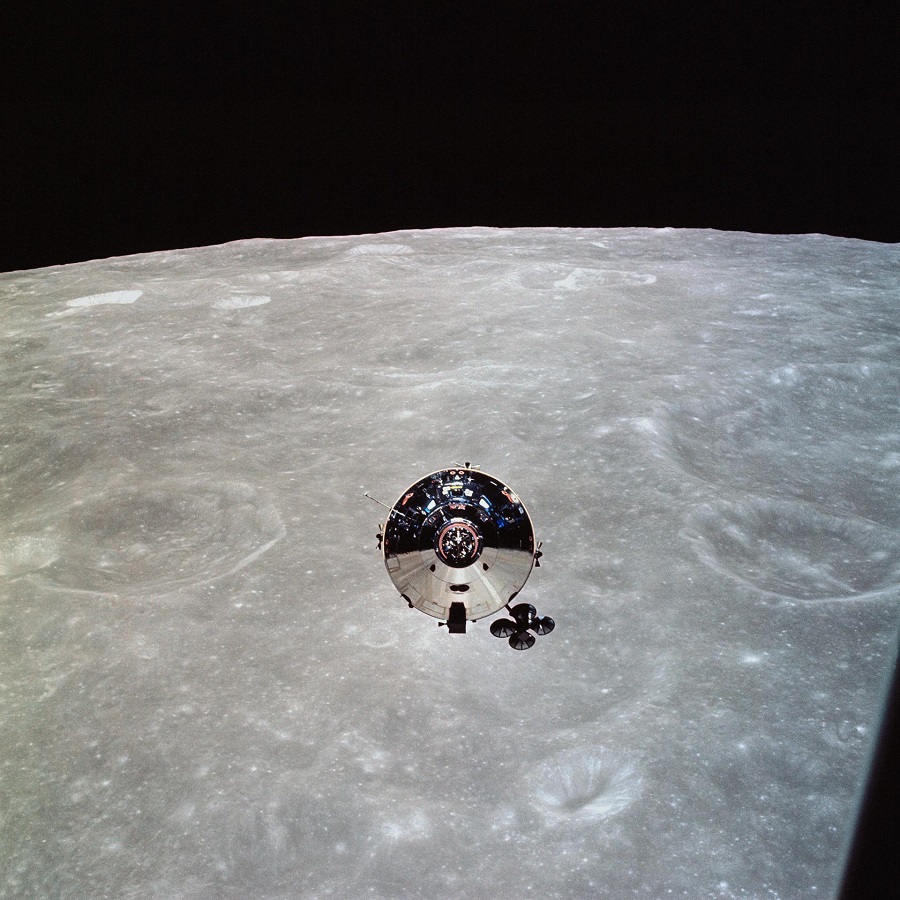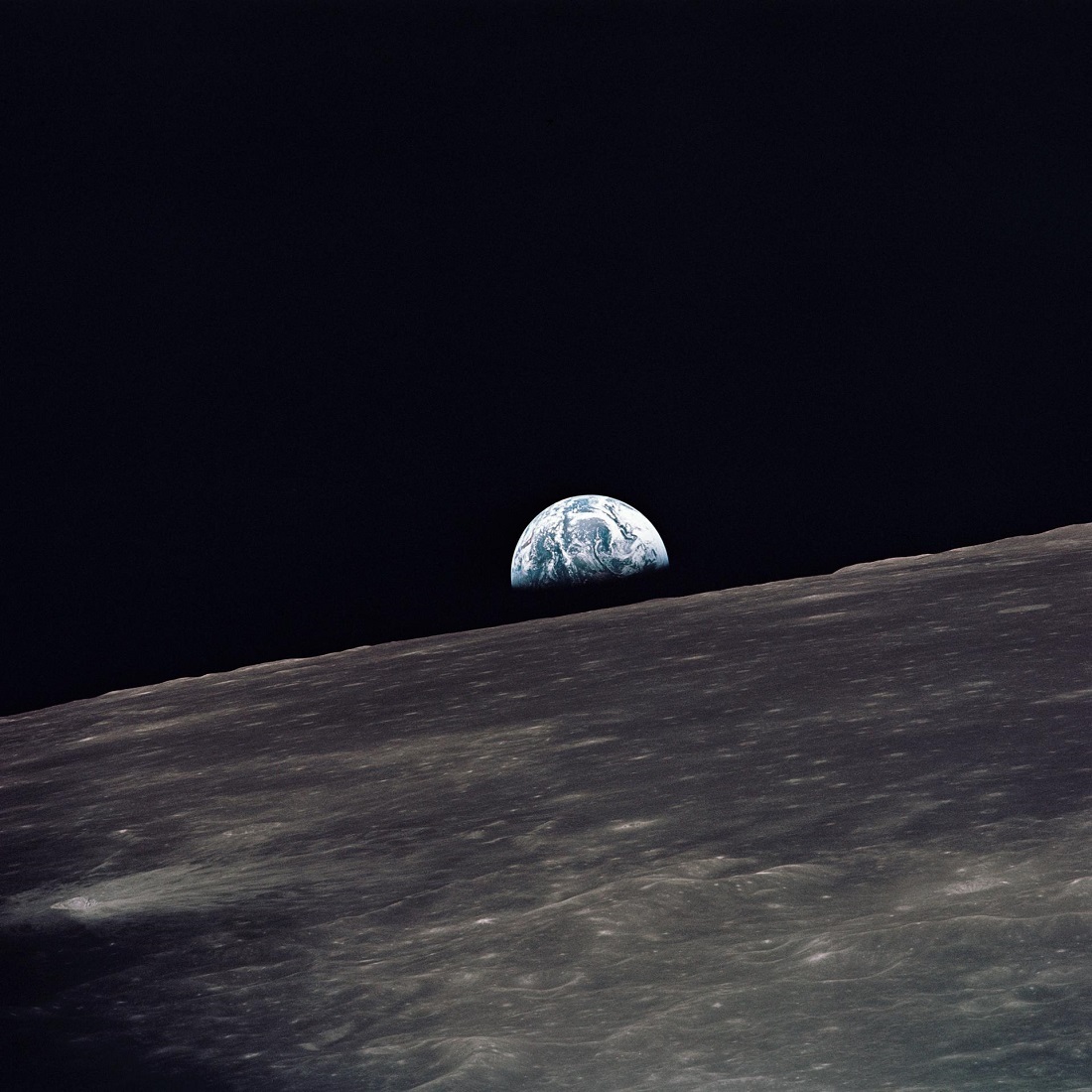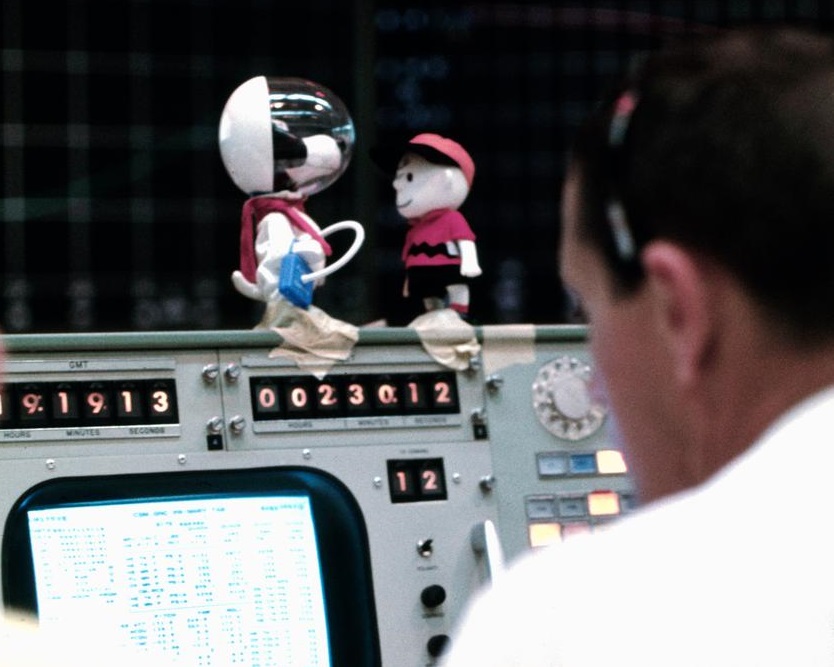Apollo 10: the successful "Dress Rehearsal"
Apollo 10 blasted off from Cape Kennedy on 18th May 1969 - just two months before Apollo 11’s launch - as part of the Apollo program leading up to the lunar landing. Its mission? To provide a thorough test of all the processes, but without performing the landing itself.
The crew successfully descended to orbit at the point in which the powered descent for the lunar landing during the Apollo 11 was planned to commence (15.6 km above the surface of the moon) and broke two FAI records for mission duration and orbit duration in the process.

Apollo 10 launches from Cape Kennedy on 18th May 1969
FAI Records
Two FAI records were made during the mission, and are accredited to Commander Thomas P. Stafford:
- Duration of a complete mission to a celestial body with return (192 hours, 03 minutes, 23 seconds)
- Duration of stay in orbit around a celestial body (61 hours, 34 minutes, 38 seconds)
The FAI’s archives include a report on the mission, signed by all three crew, citing that “After 61 hours, 34 minutes and 38 seconds in lunar orbit, the service propulsion system was ignited for injection back to earth.”

THE Dress Rehearsal
As Commander Thomas P. Stafford explained, the Apollo 10 crew's mission was: “to sort out all the unknowns and pave the way for a lunar landing” – a dress rehearsal before the big day.
The crew of three aboard Apollo 10 had been set several objectives to test the systems and equipment for the lunar landing: filming extensive colour footage of the moon’s surface and putting NASA's flight controllers and extensive tracking and control network to the test. This rehearsal of the approach orbit helped to provide more precise information on the gravitational field of the moon which was vital for the calibration of the powered descent guidance system required for the moon landing.

A view of Command Module "Charlie Brown" viewed from "Snoopy" Lunar Module after separation.
Mission accomplished
Once in orbit around the moon, the Lunar Module – nicknamed “Snoopy” – which had been tested by Apollo 9 would separate from the Command Module (“Charlie Brown”) and descend to 15km above the moon’s surface for an eight-hour orbit. Young stayed aboard the Command Module, then, following a simulation of lift-off from the moon, Snoopy and Charlie Brown would complete a rendezvous and dock with Young for the return to Earth.
The dress rehearsal was a complete success, with all objectives accomplished. Minor problems were identified and resolved during the mission, and all were addressed and rectified for Apollo 11, which was already rolled out ready for the planned launch on July 16, 1969.
“Splashdown” – landing an aircraft by parachute into water – occurred safely on 26th May 1969 in the Pacific Ocean, east of American Samoa.

A view of Earth rising above the lunar horizon photographed from the Apollo 10 Lunar Module
Film footage
An important legacy of the mission was the colour footage obtained of the Earth and the moon’s surface. During the Lunar Module’s orbit, the crew filmed and photographed the moon’s surface, particularly focusing on the planned landing site for Apollo 11, the Sea of Tranquillity. A total of twelve television transmissions were made during the mission, showing the docking process and the interior of “Charlie Brown” the Command Module, as well as images of Earth from 225,000km.
Cernan remarked: “It might sound corny but the view is really out of this world!”
During filming, the crew remarked on the brightness of the moon as well as its “rugged” appearance, and were even able to see quite clearly inside some of the craters. The crew later received an Emmy award for their high quality telecasts broadcast from space.

Image taken from Apollo 10 which shows the Sea of Tranquillity Landing Site 2, with an overlaid comparison of Washington DC.
* Apollo 10 Crew
Pictured left to right in header image are:
- Lunar Module Pilot: Eugene A. Cernan (second spaceflight)
- Command Module Pilot: John W. Young (third spaceflight)
- Commander: Thomas P. Stafford (third spaceflight)
Apollo 10 was the 4th crewed mission in the Apollo program and the second crewed mission to orbit the moon. Young was backup commander of Apollo 13 and went on to command Apollo 16. Cernan was backup for Apollo 14 and commanded Apollo 17 with Young as backup. On the Apollo-Soyuz test project, Stafford commanded the U.S. vehicle on his fourth and final spaceflight.

Peanuts characters Snoopy and Charlie Brown at Mission Operations Control Room.
Image credits: NASA

